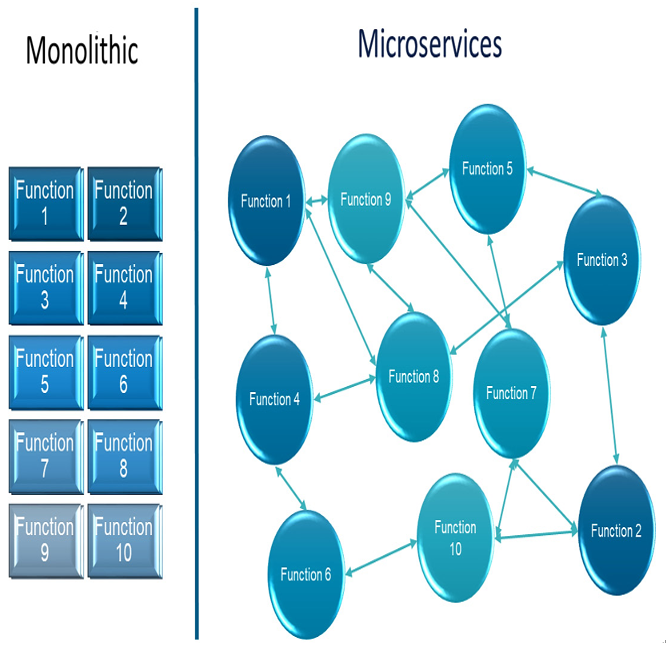Loosely coupled components
The architecture of microservices is inherently designed to minimize dependencies between the various components of an application. Each microservice is a self-contained unit with its own data model and functions, and it interacts with other services through well-defined APIs. This loose coupling allows for a high degree of flexibility and resilience. For instance, if one service fails, the impact on other services is minimized, ensuring that the entire application doesn’t come to a halt. This also facilitates parallel development, as multiple teams can work on different services simultaneously without worrying about creating conflicts or dependencies.
The loosely coupled nature of microservices also extends to technology stacks, allowing different services to be written in different programming languages or use different data storage solutions. This technological agnosticism is a boon for organizations that have diverse skill sets and legacy systems, as it allows them to adopt microservices without being tied down to a single technology stack.
The following figure (Figure 6.5) illustrates how the loosely coupled characteristic of microservices differs from tightly coupled monolithic applications:

Figure 6.5 – Comparison of tightly coupled (monolithic) and loosely coupled (microservices)
Pros of microservices
The advantages of adopting a microservices architecture are numerous, offering flexibility and scalability, among other benefits:
- Scalability: One of the most significant benefits of microservices is the ability to scale individual components independently. If one service experiences high demand, you can allocate more resources to it without affecting the other services.
- Flexibility in technology choices: Microservices allow for a polyglot approach, meaning you can use different programming languages, frameworks, and databases for different services. This is particularly useful for leveraging the best tools for specific tasks.
- Faster time to market: The modular nature of microservices enables rapid development and deployment. Teams can work on different services simultaneously, making it easier to update features or fix issues without waiting for a complete application overhaul.
- Fault isolation: In a microservices architecture, if one service fails, it doesn’t bring down the entire application. This isolation improves the system’s resilience and availability.
- Optimized resource utilization: Because each microservice runs in its own containerized environment, you can optimize the resources it uses, leading to more efficient hardware utilization.
- DevOps and CI/CD compatibility: Microservices are a natural fit for DevOps practices and continuous integration/continuous deployment (CI/CD) pipelines, allowing for automated testing and deployment, which, in turn, increases operational efficiency.



